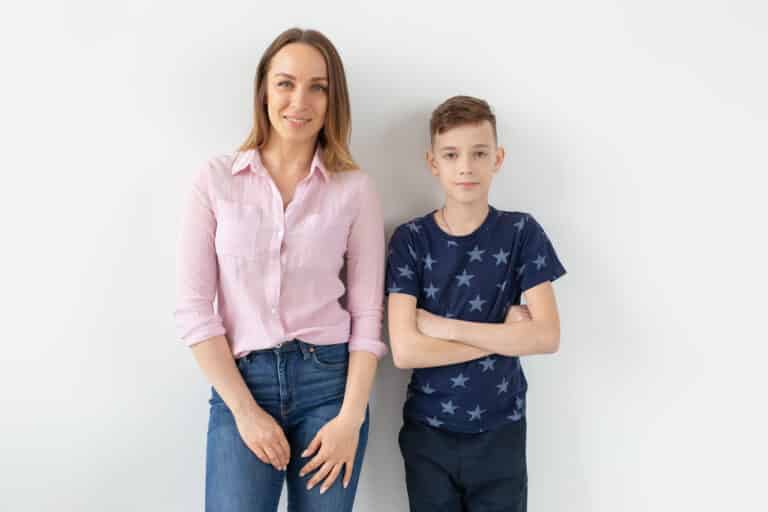One of the most effective ways to support children in becoming successful and happy is to teach them how to make the right decisions and then let them act independently. The decisions your children make as they grow up will determine the kind of people they become and the path they take in life. Unfortunately, popular culture tries to impose decisions on them about what they should wear, eat and drink, what movies to watch, whom to love, and what music to listen to, thereby depriving them of the opportunity to make their own independent choices and make their own informed decisions. Together with the research paper writing service EssayShark, we have prepared for you an easy-to-understand guide on how to teach your child the decision-making process.
Raising children who know how to make good decisions
Giving children decision-making power is a step-by-step process based on age, maturity, and decision-making experience. Sometimes, giving children complete freedom to make decisions is dangerous. But you can start teaching them this skill from an early age. For example, you shouldn’t take your children to the nearest store and tell them they can choose anything; the choices can be overwhelming. But you can give them a choice between a doll, a stuffed toy, a bicycle, and then it will be easier for them to pick.
As they get older, increase the number of choices you give them. Then increase the importance of the decisions children need to make (e.g., children can decide what they will do or determine when they go to bed). Each time, they should identify and take responsibility for the consequences of their decisions. Also, retain your authority but use it wisely.
Teaching how to make good decisions
Good decision-making is a complex process that takes years to master. It begins with teaching children the meaning of making decisions. Children often jump to conclusions and act on them without thinking. The first step is to teach them to think about the actions to come. A few seconds of reflection will help children prevent a lot of bad decisions from being realized. Catch your children “before the jump,” that is when you see them about to act rashly, stop them, and walk them through the entire decision-making process. Also, since you can’t stand behind your children’s backs all the time, use the occasions of their rash actions (and their unfortunate consequences) to review and analyze together how they might have acted differently if time could be turned back.
The next step is to teach children to think before they act. Children should ask themselves: “Why am I going to do this?” You have to get children to understand the motives behind their decisions. One problem is that children are often faced with conflicting motives. They may know that doing a certain thing is stupid and still do it because of peer pressure. Except for the most mature children, when the decision comes down to doing the right thing or doing it the way their peers like, most children almost always choose the latter.
The next question children should ask themselves is, “What are my options?” In any situation, children often have several possible solutions. For example, if a child is faced with the possibility of stealing candy from the store with his friends, s/he can either take the candy or not take it, turning a blind eye to his/her friends’ theft, or try to convince them that stealing is not good.
The children should then ask themselves: “What will be the consequences of my actions?” which in their language sounds like “What kind of trouble can I get into?” They must assess the risks and benefits of their decisions. The problem is that children often underestimate the costs and overestimate the benefits of their decisions. How your children answer this question depends on the consequences and expectations you set for them. If you raise your children in a religious tradition, they will make more informed decisions.
Another difficult question for children is, “How will my decision affect other people?” Because of their natural self-centeredness at a young age, children may not even consider who other than themselves might be affected by their decision. By teaching children to ask themselves this question, you will help them make the decisions that are most beneficial to themselves and others.
Finally, perhaps the most important question children should ask themselves is, “How much of the decision is in my best interest?” When children become aware of their own interests, they come to the end of learning about the decision-making process.
To help children make good decisions, place a list of the above questions somewhere in the home, such as on the refrigerator.











